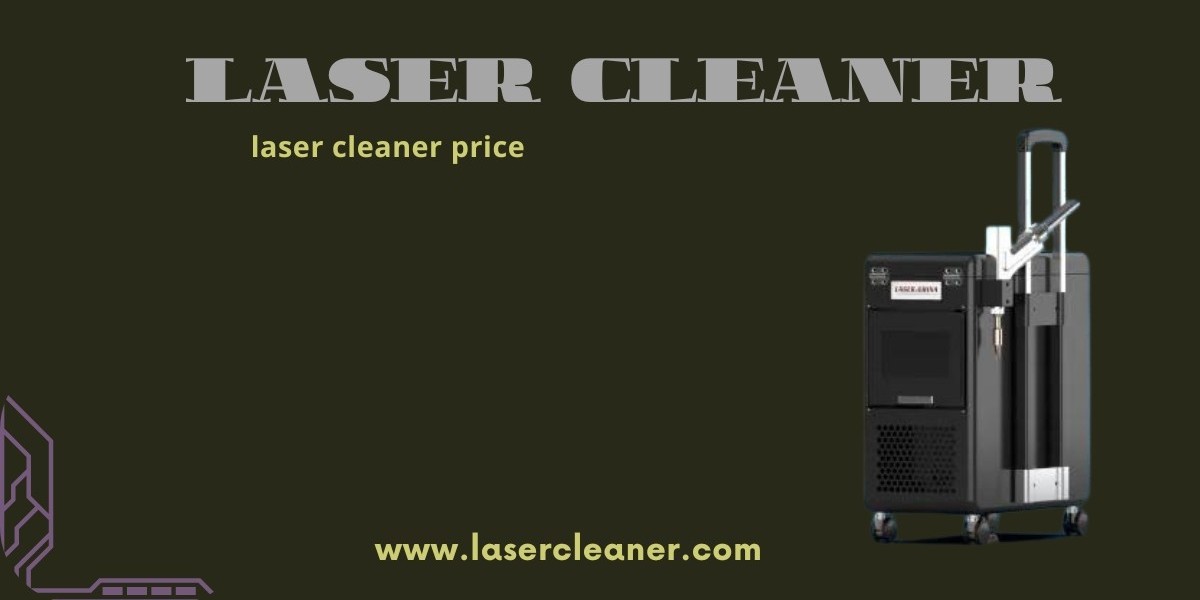Laser fiber welding machines have gained significant attention across industries due to their superior performance, efficiency, and versatility. Unlike traditional welding methods, laser fiber welding machines use high-intensity laser beams transmitted through optical fibers to achieve precise and reliable welds. In this article, we will explore the key benefits of laser fiber welding machines, their applications in various industries, and how they compare to conventional welding methods.
Benefits of Laser Fiber Welding Machines
High Precision and Accuracy:
Laser fiber welding machines deliver exceptional precision, making them suitable for delicate and intricate components. The focused laser beam allows for controlled heat application, resulting in minimal distortion and clean welds.Fast Welding Speeds:
One of the standout advantages of laser fiber welding machines is their speed. The welding process is significantly faster than traditional methods, which enhances production rates and reduces overall manufacturing costs.Minimal Heat-Affected Zone (HAZ):
Traditional welding techniques often generate a large heat-affected zone, which can compromise the structural integrity of the surrounding material. Laser fiber welding, however, produces a much smaller HAZ, preserving the material properties and minimizing the risk of thermal damage.Versatility in Materials:
Laser fiber welding machines can handle a wide range of materials, including stainless steel, aluminium, copper, titanium, and even dissimilar metals. This versatility makes them suitable for industries that require varied material combinations.Non-Contact Process:
The laser welding process is non-contact, meaning the welding head does not physically touch the material being welded. This eliminates the risk of tool wear and contamination, ensuring clean and durable welds.Energy Efficiency:
Fiber laser systems are known for their energy efficiency compared to traditional welding methods. They require less power to achieve the same or better results, making them an environmentally friendly option.Automation and Integration:
Laser fiber welding machines can be easily integrated into automated production lines. This compatibility with robotic systems ensures high repeatability, consistency, and productivity.Aesthetic Weld Quality:
The precision of laser fiber welding results in clean and visually appealing welds that require little to no post-weld finishing. This is a significant advantage for industries where aesthetics are important, such as consumer electronics and automotive design.
Industrial Applications of Laser Fiber Welding Machines
Automotive Industry:
The automotive sector uses laser fiber welding machines to produce lightweight and robust components, such as gear parts, exhaust systems, and battery casings for electric vehicles. Their speed and accuracy improve efficiency while meeting stringent quality standards.Aerospace and Defense:
Laser fiber welding is ideal for aerospace applications, where lightweight yet strong components are essential. It is used to manufacture turbine blades, fuel tanks, and structural components with precision and durability.Medical Equipment Manufacturing:
In the medical field, laser fiber welding machines are used to create high-precision devices, such as surgical instruments, implants, and diagnostic equipment. Their ability to weld delicate materials without contamination is crucial for these applications.Electronics Industry:
The compact nature of laser fiber welding machines makes them perfect for assembling electronic components. They are widely used for micro-welding tasks, such as bonding circuit boards, connectors, and heat sinks.Energy Sector:
Renewable energy industries rely on laser fiber welding to create efficient and durable components for solar panels, batteries, and wind turbines. The technology ensures reliability and longevity in harsh environmental conditions.Jewelry and Watchmaking:
Laser fiber welding machines are also used in the jewelry and watchmaking industries, where precision and aesthetics are paramount. They enable the seamless joining of tiny components without damaging the surrounding areas.
Comparison with Traditional Welding Techniques
- Speed and Efficiency: Laser fiber welding machines are significantly faster than traditional methods like TIG and MIG welding, making them ideal for mass production.
- Material Versatility: Unlike traditional methods, laser fiber welding can easily handle dissimilar materials and thin components.
- Heat Input: Traditional welding techniques often involve excessive heat, which can lead to distortion. Laser fiber welding minimizes heat input, preserving the material’s integrity.
- Automation: Laser fiber welding is more compatible with automated systems, while traditional welding often requires manual intervention.
Conclusion
Laser fiber welding machines offer a revolutionary approach to welding, combining precision, speed, and versatility. Their ability to work with a wide range of materials, produce aesthetically superior welds, and integrate with automation systems makes them indispensable across industries. Compared to traditional welding techniques, laser fiber welding delivers superior results while reducing costs and environmental impact. As technology continues to evolve, laser fiber welding machines will play a crucial role in advancing manufacturing processes worldwide.









